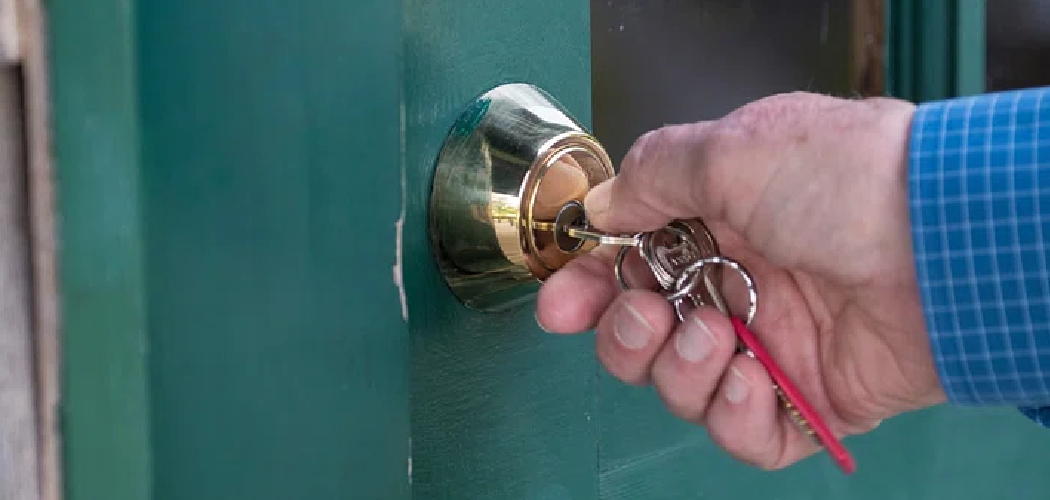How to make master key lock may sound complex, but it is a practical skill that can simplify access management, whether for personal use or a professional setting. A master key system allows one key to operate a set of locks that are otherwise individually keyed. This setup is particularly useful for landlords, property managers, and homeowners who want a streamlined solution for their locks.
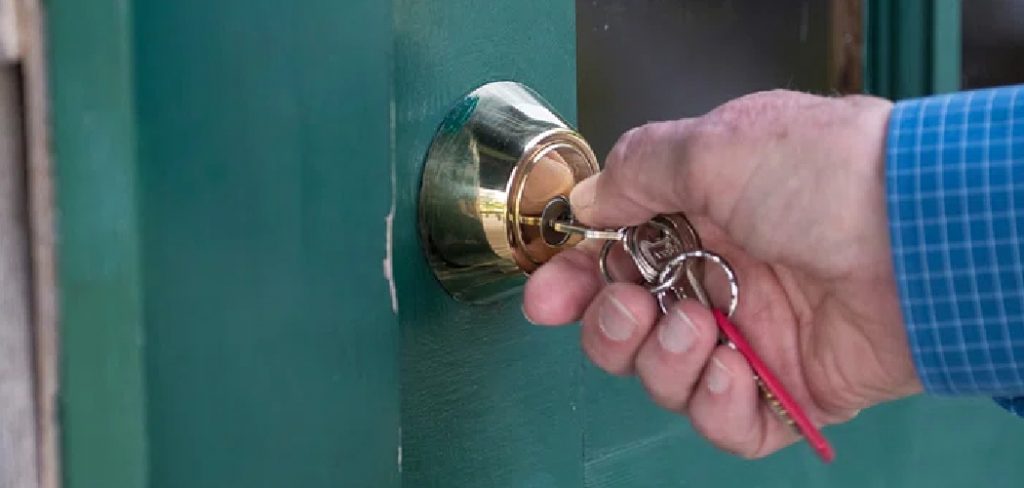
To create a master key system, you will need a basic understanding of how locks function and the necessary tools to modify them. The process typically involves reconfiguring the pins inside the lock cylinders so they respond to both the individual keys and the master key. This requires precision and patience to ensure each lock operates smoothly without compromising security. It is advisable to practice on spare locks before attempting to create a master key system for regular use. If uncertain, consulting a professional locksmith can ensure the job is done correctly.
This guide will take you step-by-step through how to make master key lock, detailing every stage in simple, easy-to-follow language. By the end, you’ll have a clear understanding of the process and the confidence to tackle this project. Whether you’re experimenting with lock mechanisms or want to create a custom locking system, this tutorial is tailored for beginners with an interest in lock design and functionality.
Why Making a Master Key Lock Matters
Master key systems are a robust solution for anyone managing multiple doors, properties, or rooms. They offer convenience, security, and reduced complexity, making them highly valuable in both residential and commercial settings. Instead of carrying a bulky keychain or trying to match dozens of keys to the appropriate locks, a single master key can streamline access.
Beyond the practical benefits, how to make a master key lock teaches you about basic lock mechanics. This knowledge can empower you to conduct lock maintenance, repairs, or customizations without professional assistance. It’s also satisfying to understand the inner workings of something that impacts everyday life so significantly—locks.
Finally, knowing how to create a master key system can save costs and give you more control over your property’s security measures. Customized solutions often surpass one-size-fits-all models offered at hardware stores.
10 Step-by-Step Guide on How to Make Master Key Lock
If you’re ready to tackle this process, follow the detailed guide below. Remember, precision is key—pun intended—to ensure your master key system functions effectively.
Step 1: Understand How Pin Tumbler Locks Work
Before you start, familiarize yourself with how pin tumbler locks operate. These locks use a series of pins that align when the correct key is inserted, allowing the lock to turn. The notches on a key interact with each pin stack in the lock mechanism, lifting them to the appropriate height.

Master key systems require additional pins, known as master wafers, that create two potential shear lines. This configuration allows the locks to open with either the master key or individual keys. Understanding this concept is crucial to proceeding confidently with the customization.
Step 2: Choose Compatible Locks
Not every lock can be easily adapted for a master key system. To proceed, either purchase locks explicitly designed for master keying or select pin tumbler locks that allow for rekeying. Confirm that the locks share the same keyway—this ensures compatibility with the master key configuration.
At this stage, inspect the locks and make a diagram of the pin placements, noting their sizes. Standardize where possible to simplify the subsequent steps and avoid errors during key cutting.
Step 3: Prepare Your Tools and Workspace
To create a master key lock, you’ll need some essential tools:
- Key blanks compatible with the selected locks.
- A fine-tipped file or key cutting machine.
- A pinning kit containing varying pin sizes, including master wafers.
- Tweezers and a plug follower for handling small components in the lock cylinder.
Set up a clean, organized workspace with proper lighting. Mishandling or losing components during this process can complicate completion.
Step 4: Disassemble the Lock Cylinder
Carefully disassemble the lock cylinder using a plug follower to keep pins and components aligned. Take note of how the pins are placed within the tumbler. Lay out each part methodically to ensure they’re in order for reassembly later.
The cylinder disassembly step gives you access to customize the lock for master keying. Work slowly to avoid damage to the lock’s inner components.
Step 5: Insert Master Wafers
Using your pinning kit, add master wafers between the upper and lower pins for one or more pin stacks. For a proper master key system, each pin stack should create two shear lines. The original key will work with one shear line, while the master key will align to the second.
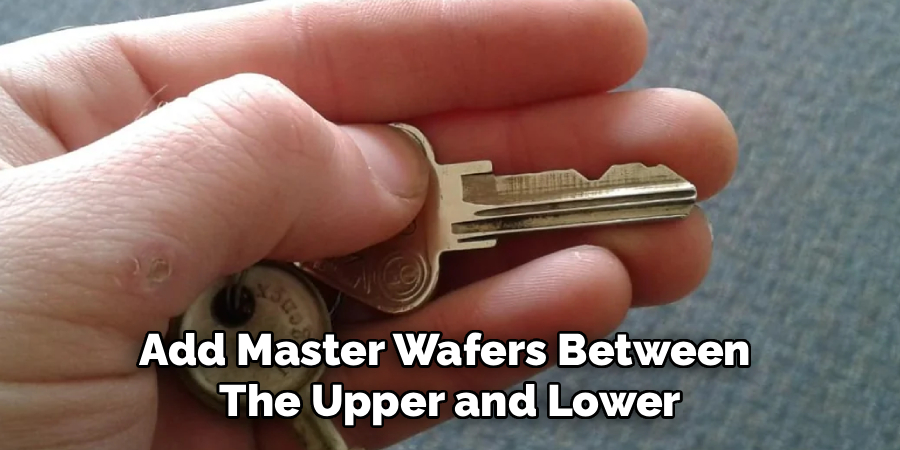
It’s essential to keep measurements precise—too loose, and the lock may show poor performance; too tight, and the master key may not work effectively.
Step 6: Measure and Cut the Master Key
Take the blank key you plan to use as the master key and mark it. The cuts on a master key should correspond with the new pin heights created by the addition of master wafers. Use a fine-tipped file or a key cutting machine to carefully make these adjustments.
Test the key periodically in the disassembled cylinder to ensure it aligns with the dual shear lines you created in the previous step.
Step 7: Reassemble the Cylinder and Test Keys
Once the master wafers and pins are in place, reassemble the lock cylinder step by step. Insert and test both the original keys and the newly created master key to confirm they work smoothly. If any issues arise—such as resistance or misalignment—reopen the cylinder and adjust the pin or wafer placement as needed.
Step 8: Label the Master Key
Clearly label the master key to distinguish it from individual keys. This prevents accidents or confusion, ensuring the master key sticks to its intended use for overarching access.
Step 9: Maintain a Record of Pin Configurations
For future maintenance or additional lock setup, document the pin configurations used. Store this record securely to retain control over your customized master key system.
Step 10: Safeguard the Master Key System
Finally, treat the master key with the utmost caution. Keep it in a secure location where unauthorized individuals cannot access it. Consider implementing a system for controlling how and when the master key is used.
Potential Challenges in Managing a Master Key System
While a master key system offers significant convenience and control, it is not without its challenges. One major concern is the risk of the master key falling into the wrong hands, which could compromise the entire security setup. This makes strict key management practices essential.
Additionally, if the system is not properly documented or maintained, issues can arise when rekeying or expanding the system in the future. Wear and tear over time can also affect the performance of locks, necessitating regular inspection and maintenance. Lastly, adapting the system for large or dynamic organizations with frequent personnel changes can become complex, requiring meticulous planning and record-keeping to ensure security is not compromised.
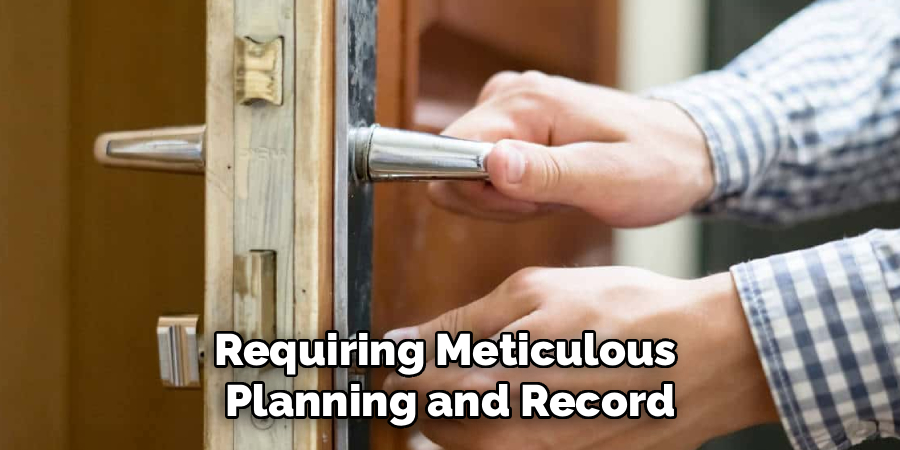
Key Benefits
Implementing a well-designed key management system offers numerous advantages. It enhances security by controlling access to sensitive areas, reducing the risk of unauthorized entry. A structured system also improves efficiency by streamlining access management and minimizing time spent dealing with misplaced or unaccounted-for keys. Additionally, with proper documentation and maintenance, the system ensures long-term reliability and adaptability, even for large organizations with evolving needs. Regular inspections and updates further contribute to maintaining optimal performance and extending the lifespan of locking mechanisms.
Frequently Asked Question
1. Can I set up a master key system for all types of locks?
Usually, master key systems are designed for pin tumbler locks. Other types of locks, like wafer locks or disk detainer locks, cannot easily be adapted for master key use. It’s essential to choose compatible locks before beginning the process.
2. Is DIY master keying safe for high-security locks?
While it’s possible to create a DIY master key system, professional expertise is often recommended for high-security locks due to complex mechanisms. DIY solutions are best suited for standard residential or commercial locks.
3. Can I buy pre-made master key kits?
Yes, many hardware stores and locksmith suppliers sell kits tailored for creating master key systems. These include standard pinning kits and detailed instructions to simplify the process.
4. How long does it take to make a master key lock?
For beginners, the process can take several hours, as learning and troubleshooting are part of the experience. With practice, you can complete the task in less than an hour per lock.
5. What should I do if my locks don’t work after rekeying?
First, ensure that the pins and wafers are correctly aligned. Misalignment usually causes functional issues. Disassemble the lock, double-check the placement, and reassemble. If problems persist, consult a locksmith.
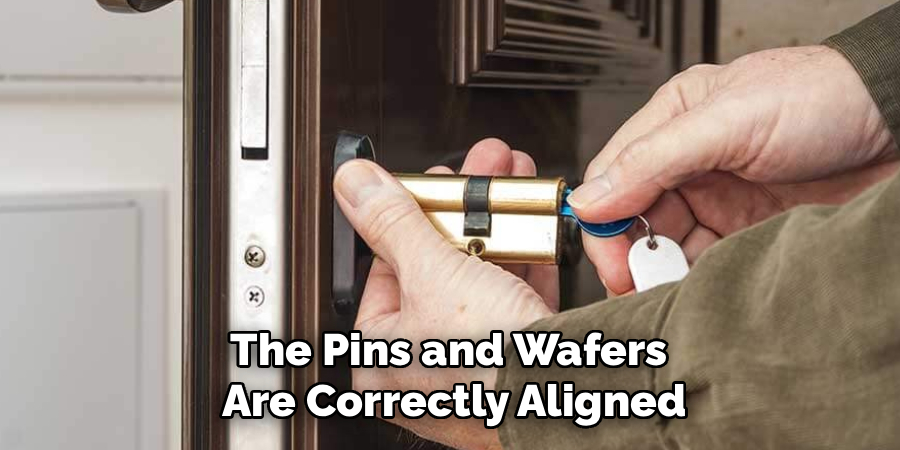
Conclusion
The process of learning how to make a master key lock opens up exciting possibilities for personal and professional use. By following the steps above, you can create a custom system that simplifies access without compromising security. With careful attention to detail and patience, even beginners can achieve reliable results.
Master key systems are widely used in various settings, such as apartment complexes and office buildings, due to their convenience and practicality. They reduce the need to carry multiple keys while ensuring secure access to different areas. Proper maintenance and periodic checks are essential to ensure the system remains functional and secure over time.
Not only does this skill save on locksmith fees, but it also provides a rewarding sense of accomplishment. Take the first step today and begin crafting your personalized master key system.

